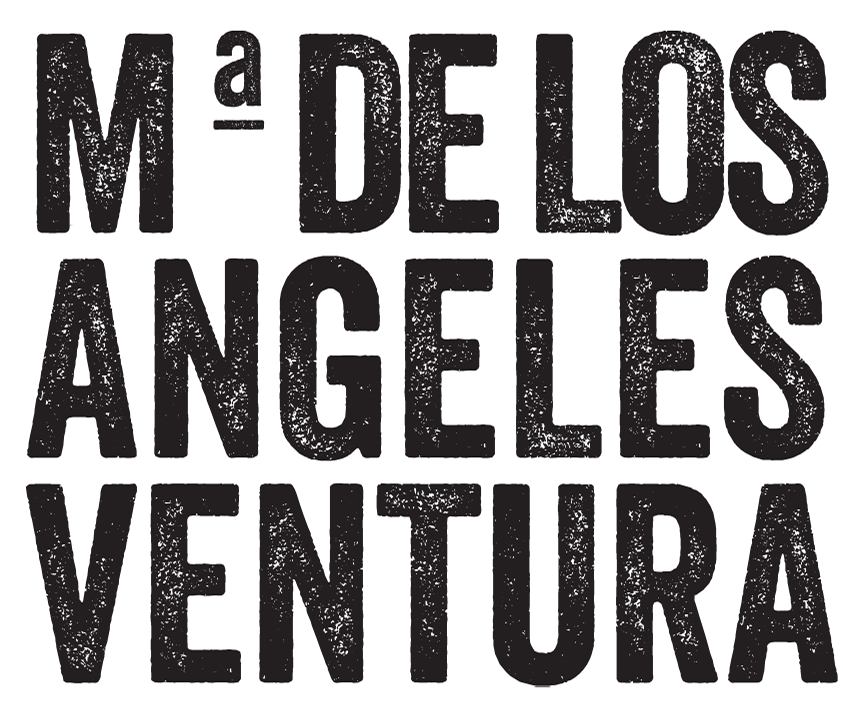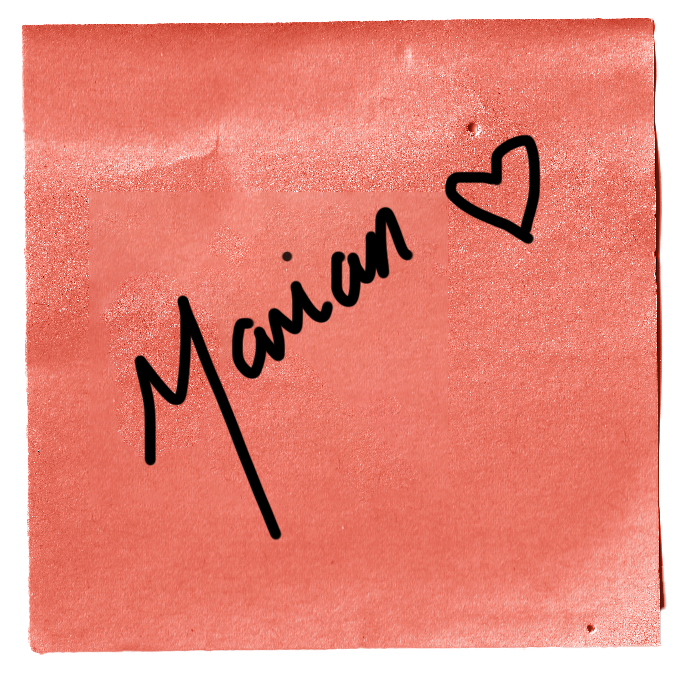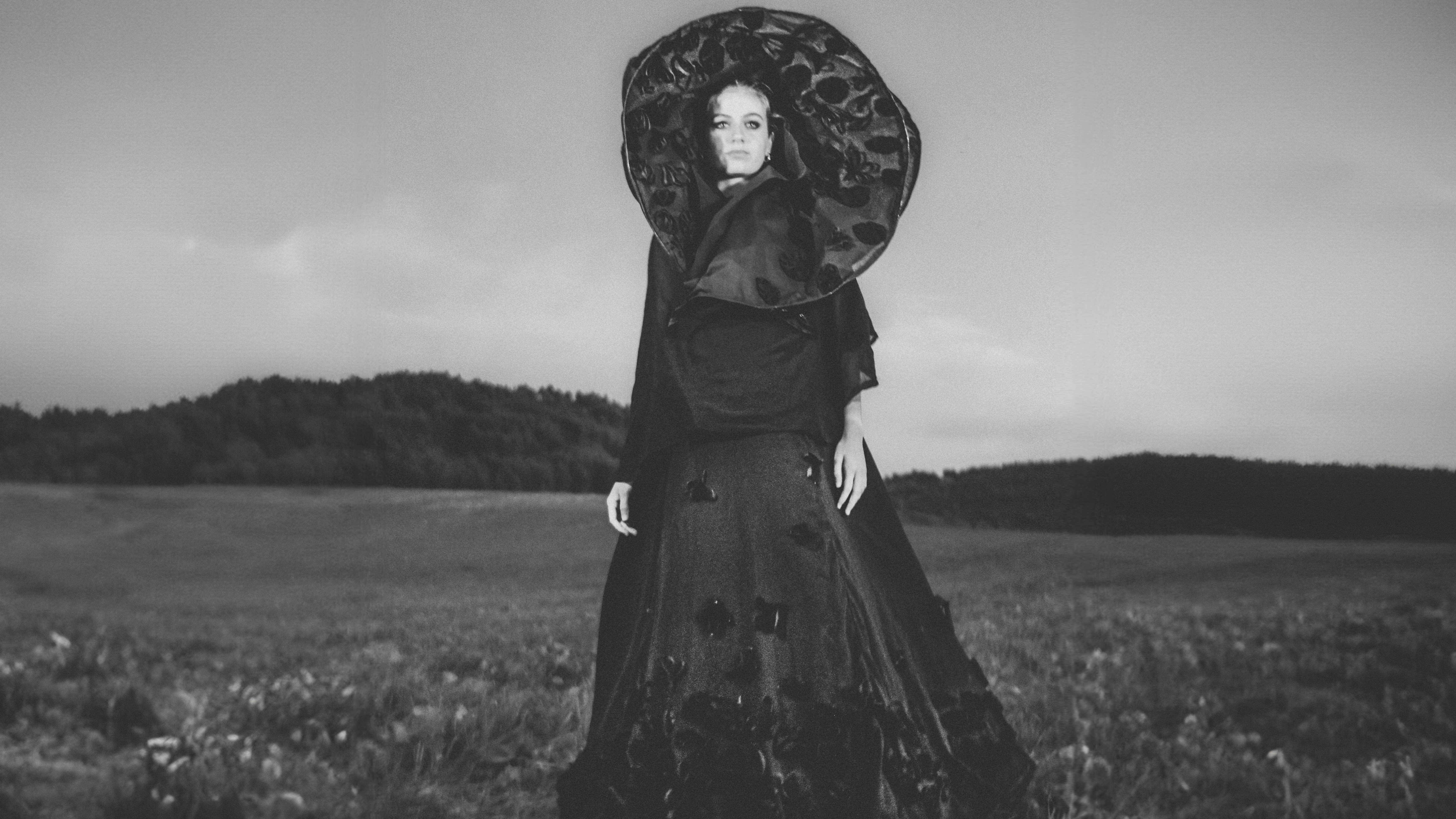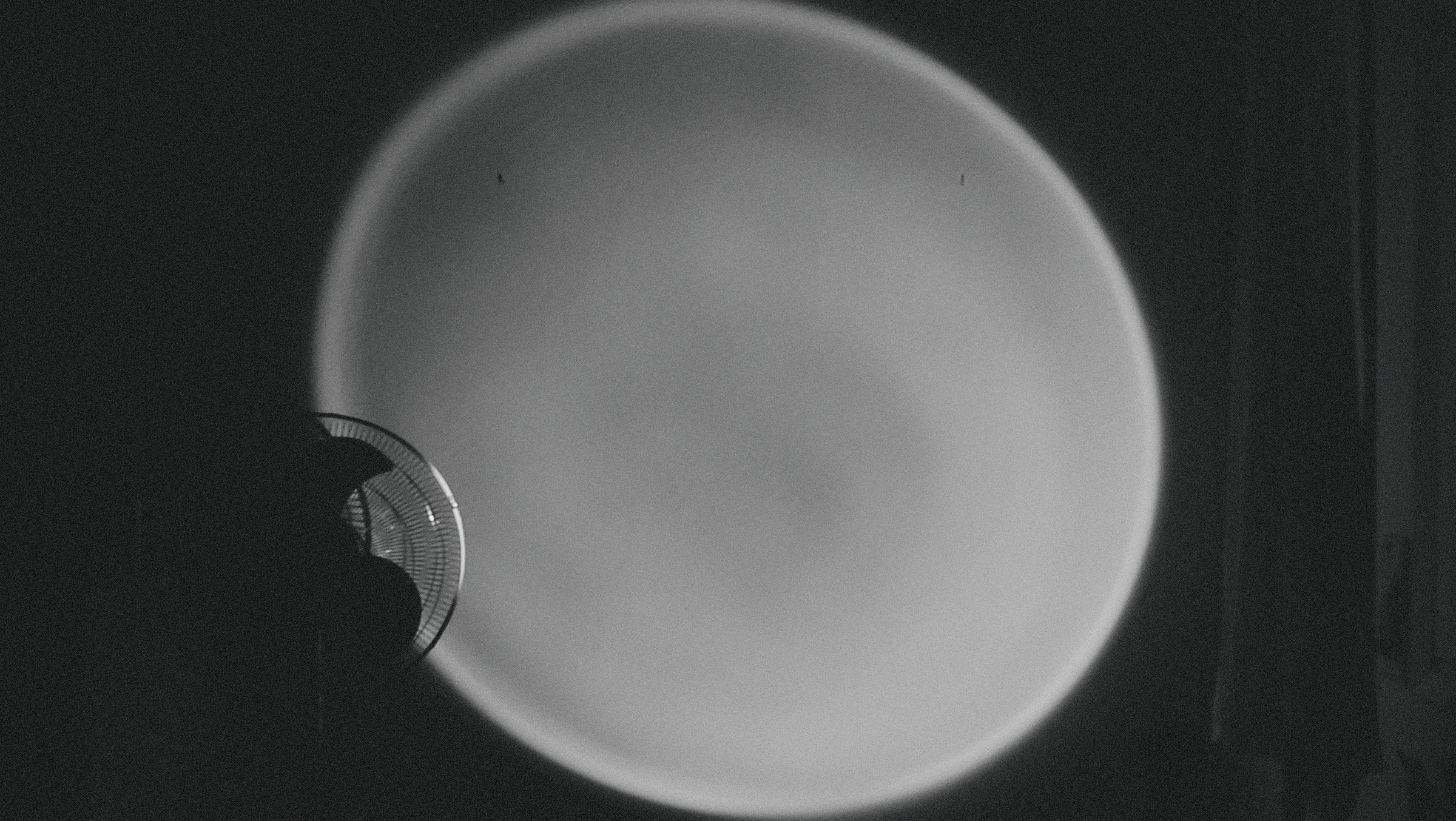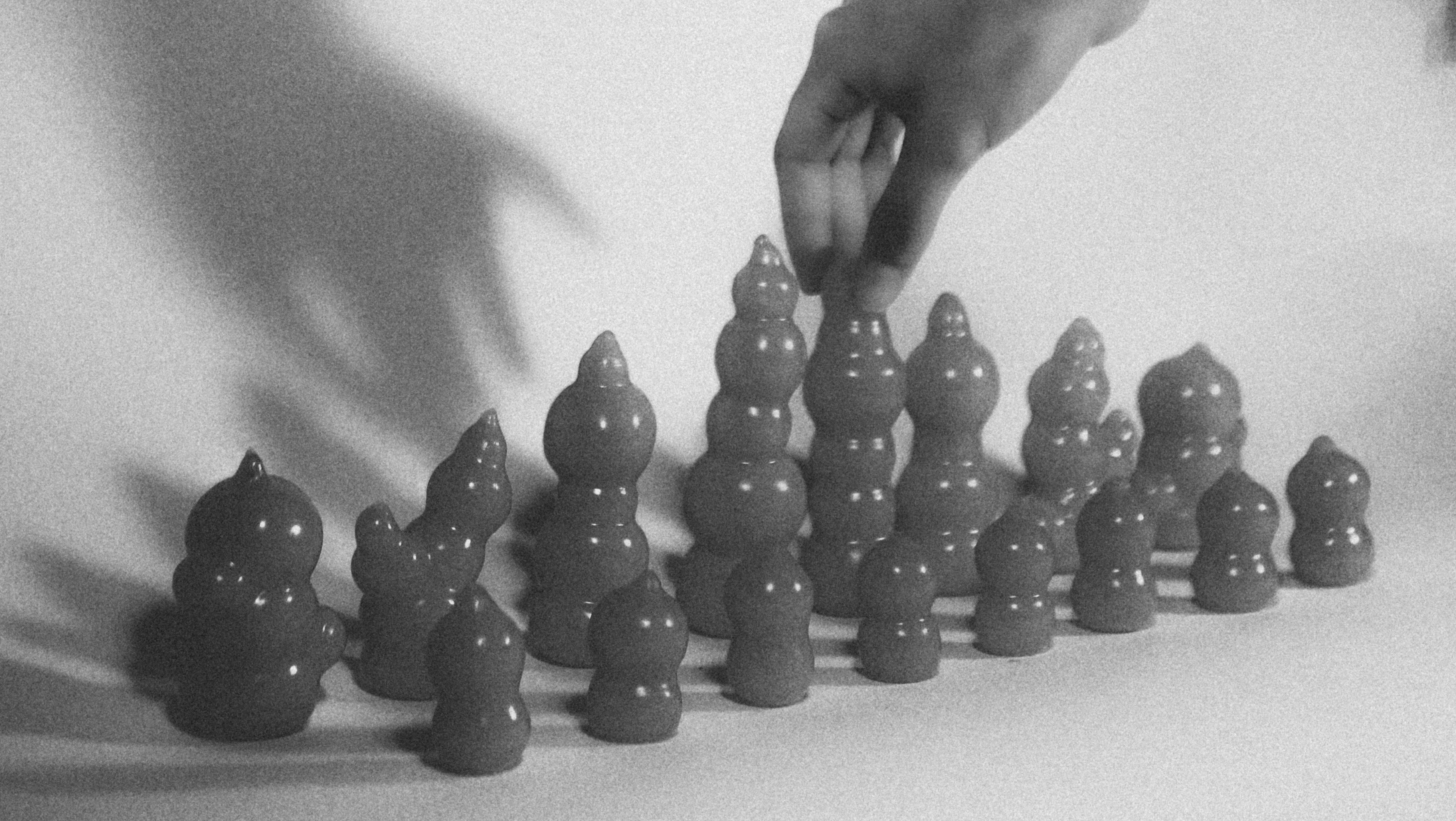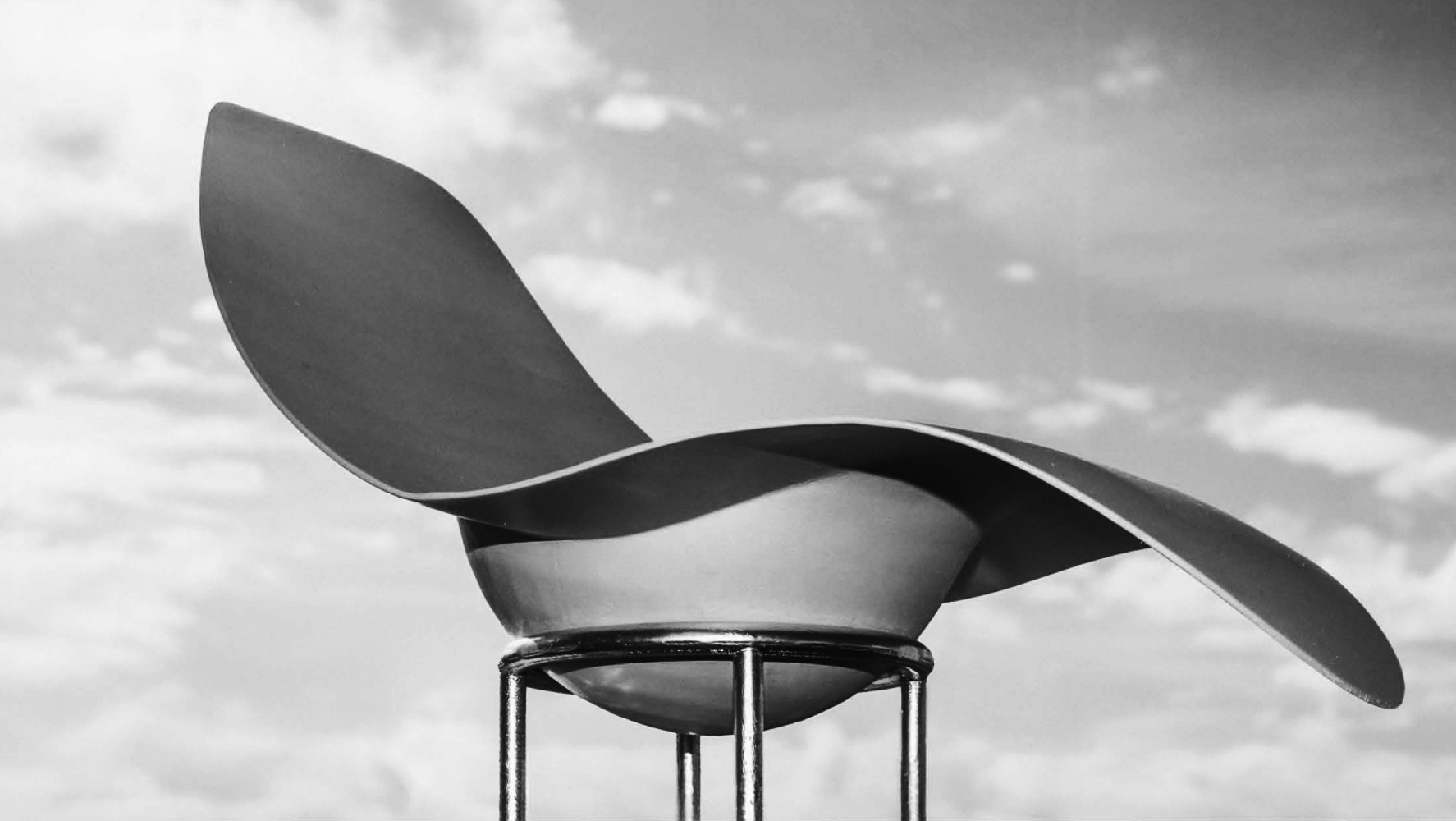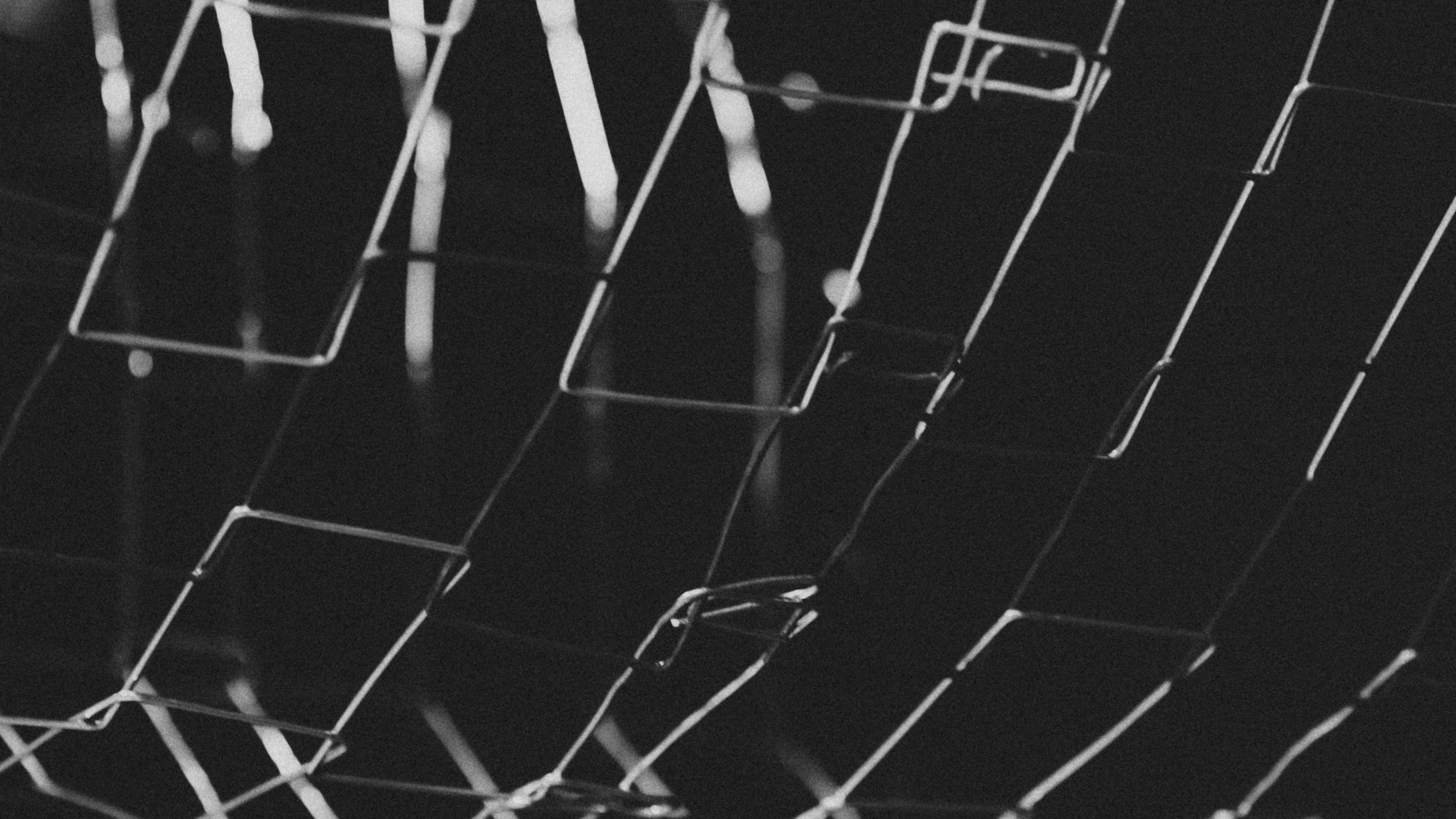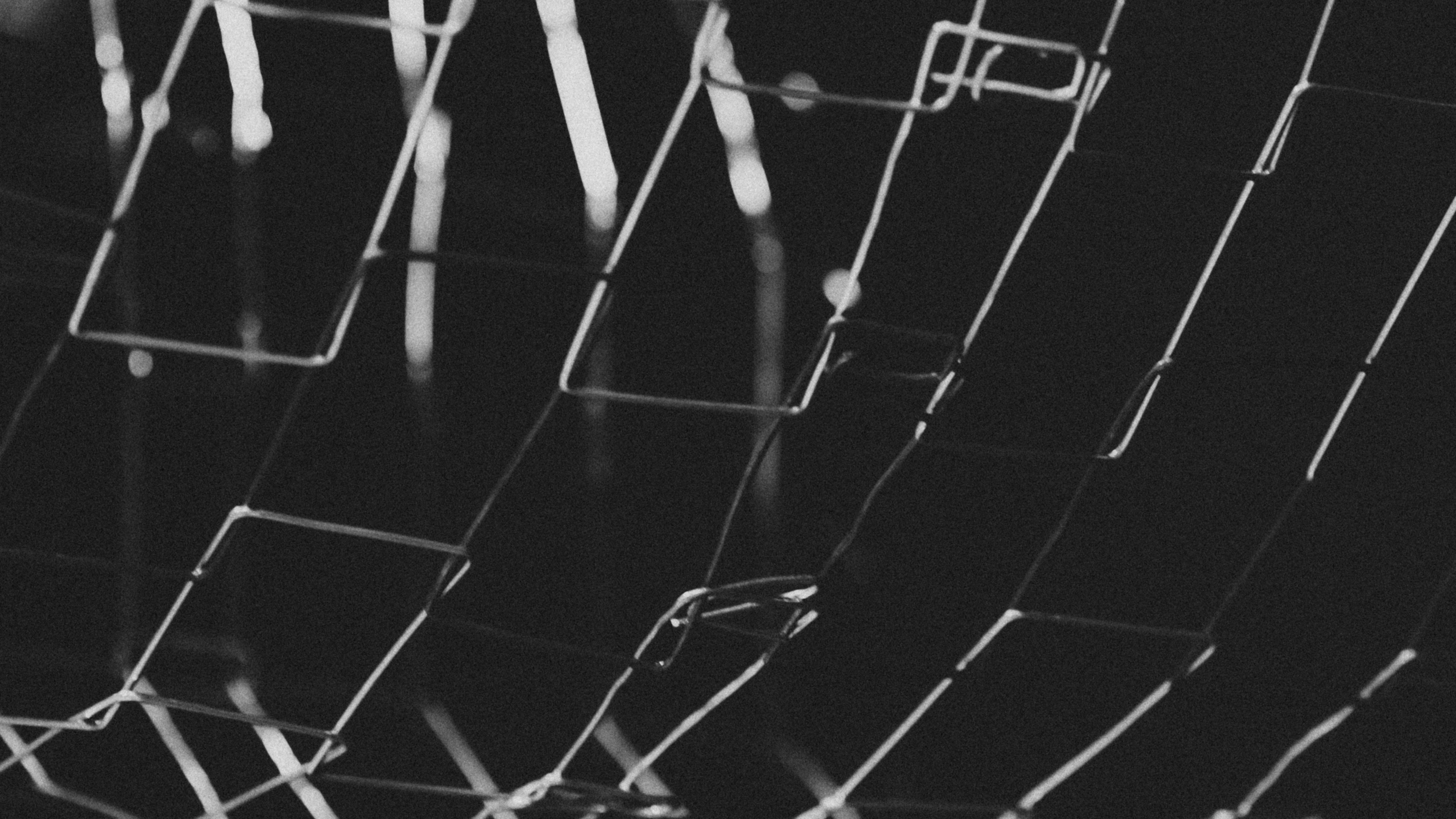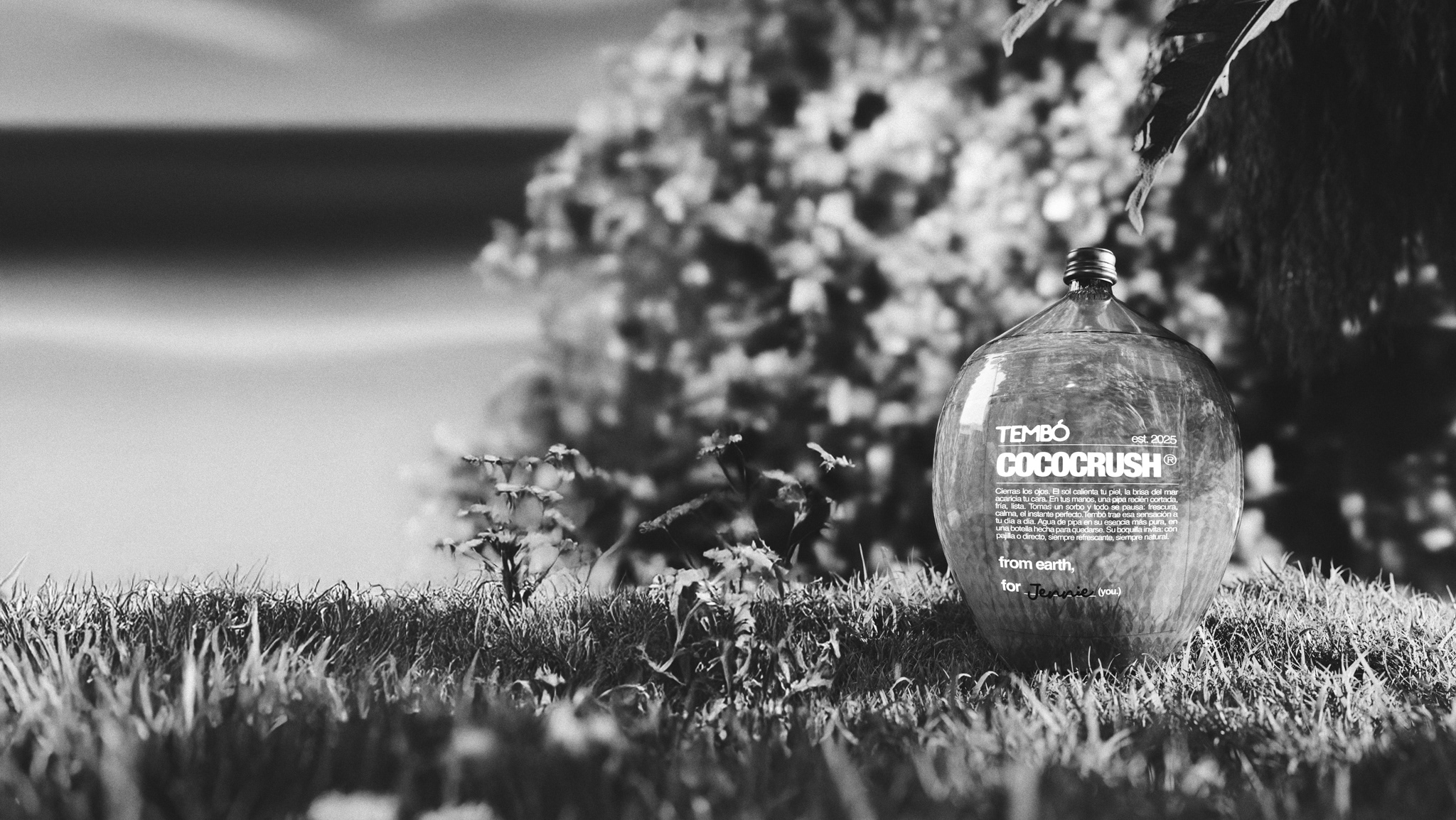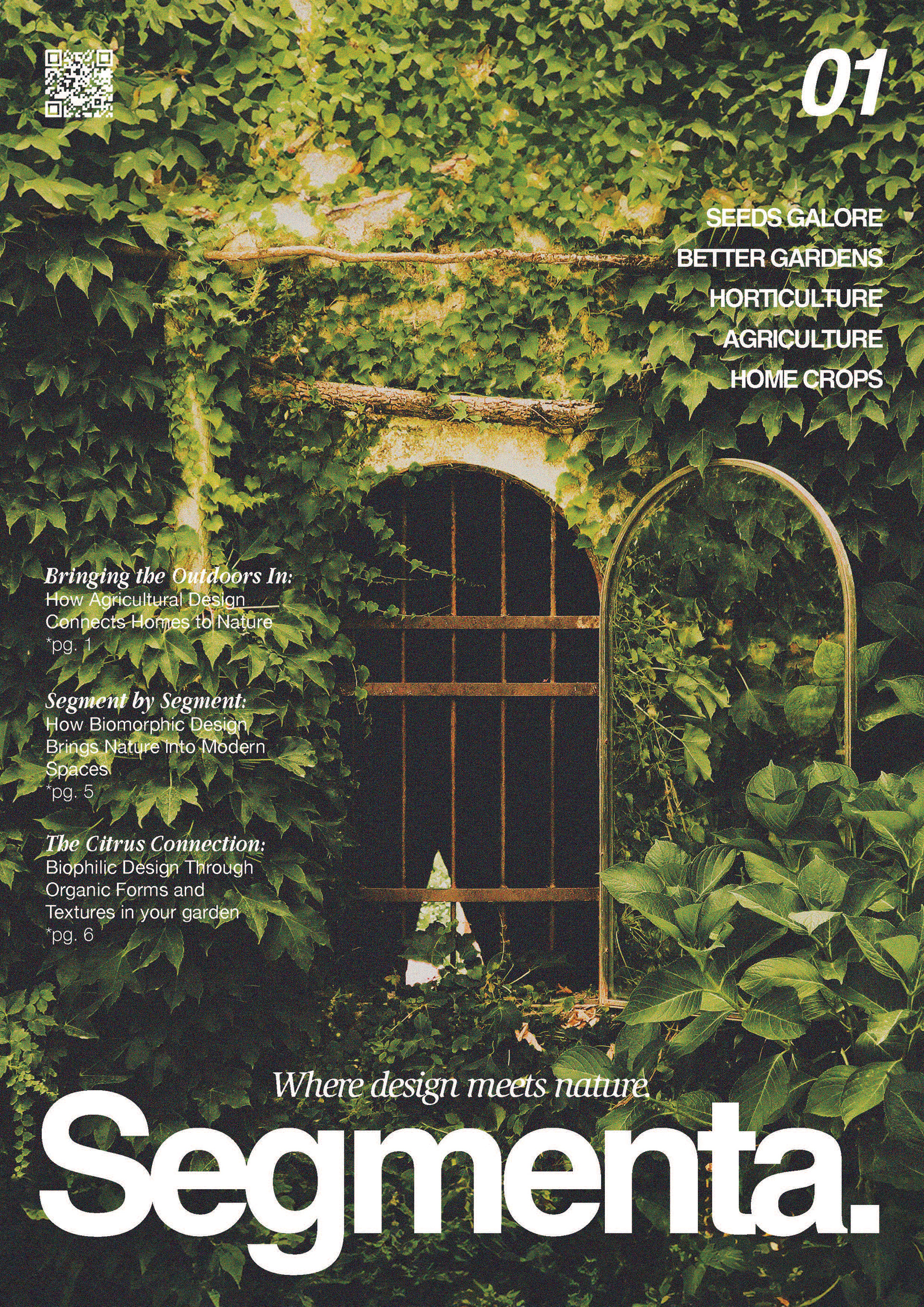

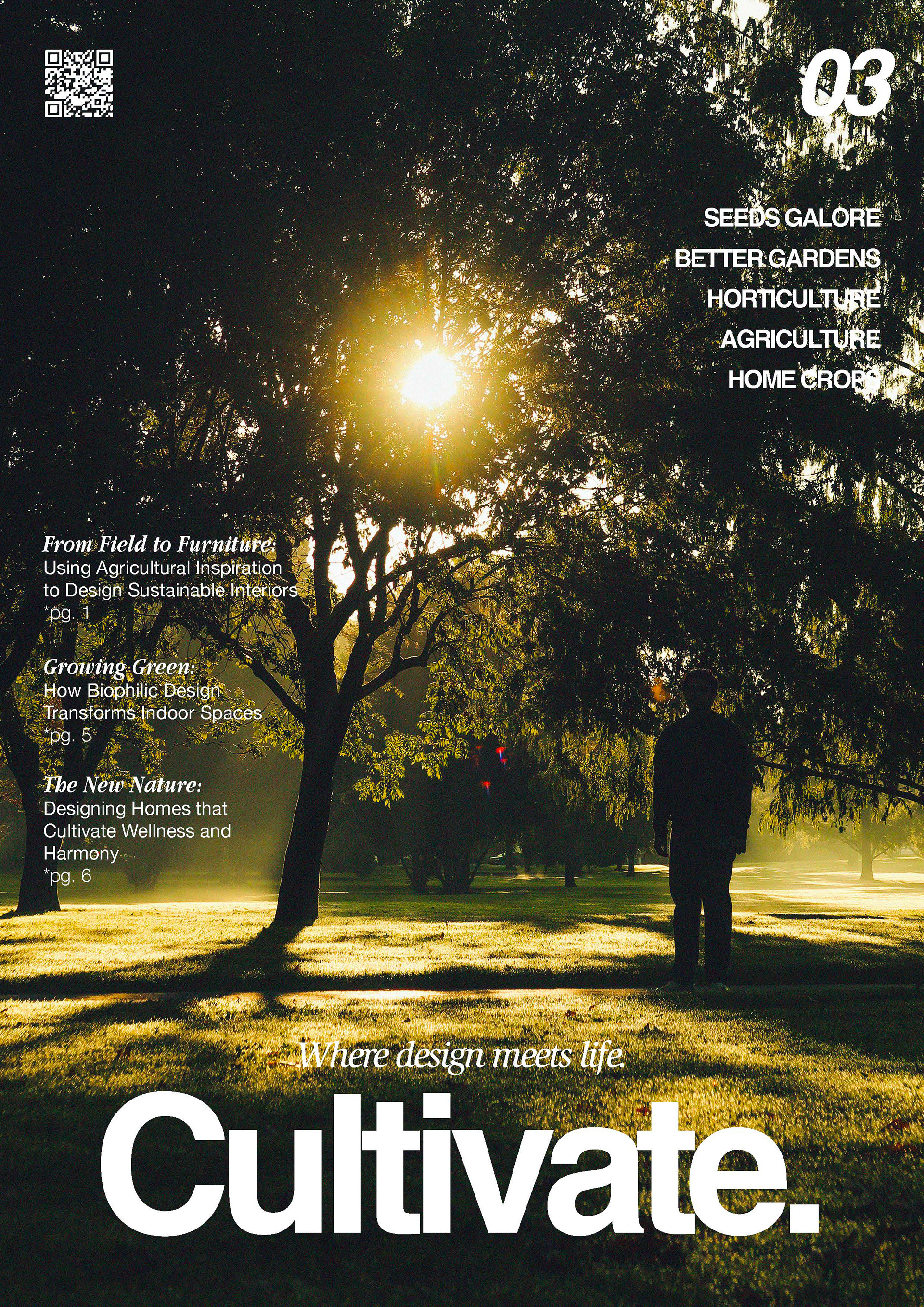
By 2030, 60% of the world’s population will live in urban environments, increasingly detached from nature. The biophilic design philosophy, introduced by Edward Wilson in 1984, offers a way to reconnect with nature. It not only promotes sustainability but also responds to the evolutionary human need for nature as our society becomes more urbanized. According to The Emergence of Biophilic Design (2019), this deprivation from nature directly negatively impacts our health by increasing stress and raising cortisone levels—causing us to lose the inherently grounding effect nature has on us. Therefore, the integration of biophilic design into everyday objects, such as furniture, can address these issues while fostering a deeper connection to the natural world.
The development of this project follows the four phases of biophilic design proposed by Jana Söderlund: Focus, Immersion, Incubation, and Creative Synthesis.
Focus, the first phase, serves as the foundation for guiding the design concept. In this phase, the principles of biophilic design are introduced through literary materials. As Söderlund explains, users often begin to engage with biophilic ideas through tangible forms of media. In this context, slow magazines provide reflective, intentional publications that inspire users to work in their gardens and bring nature back into their homes—perfectly aligning with biophilic values of sustainability and mindful consumption. The magazine rack design becomes an extension of this literature, acting as a practical and symbolic tool for storing magazines in niche markets such as agriculture and gardening.
Immersion, the second phase, tackles the sensory and emotional aspects of the design, focusing on how to reintroduce nature into our everyday lives. This phase emphasizes that nature can be experienced not just visually—by emulating natural patterns—but also through textures and forms. The magazine rack’s semi-circular shape mimics the cross-section of citrus fruits, evoking natural order and organic form. When magazines are inserted into the slots at the top, they mimic the segment membranes of citrus fruits, making the magazines themselves embody nature and reinforcing a biomorphic aesthetic. The hydrated wooden surface showcases the grain patterns and organic textures found in nature, fulfilling the principle of material connection with the natural world. As users interact with the rack, its earthy tones and tactile quality invite a sensory connection with nature.
Incubation, the third phase, centers on reflection—both on the design itself and on the process it has undergone. This project adheres to three primary patterns of biophilic design: non-visual connections to nature (seen in the wooden texture), biomorphic forms and patterns (seen in the citrus-like form), and the concept of refuge. The design offers a sense of protection—a “refuge” for magazines—somewhere they can be stored, waiting for retrieval. It invites the user to interact with the object, discover its contents, and engage in a slower, more intentional consumption of printed material.
Creative Synthesis, the final phase, brings together the biophilic principles and the moral ethos of slow magazines into a cohesive, functional design. The final magazine rack reinforces values of mindfulness, sustainability, and a deeper connection to nature. By embracing natural materials, sustainable practices, and thoughtful design, it becomes a daily reminder of the importance of nature in our increasingly urbanized lives.
DESIGN EXPLORATION
